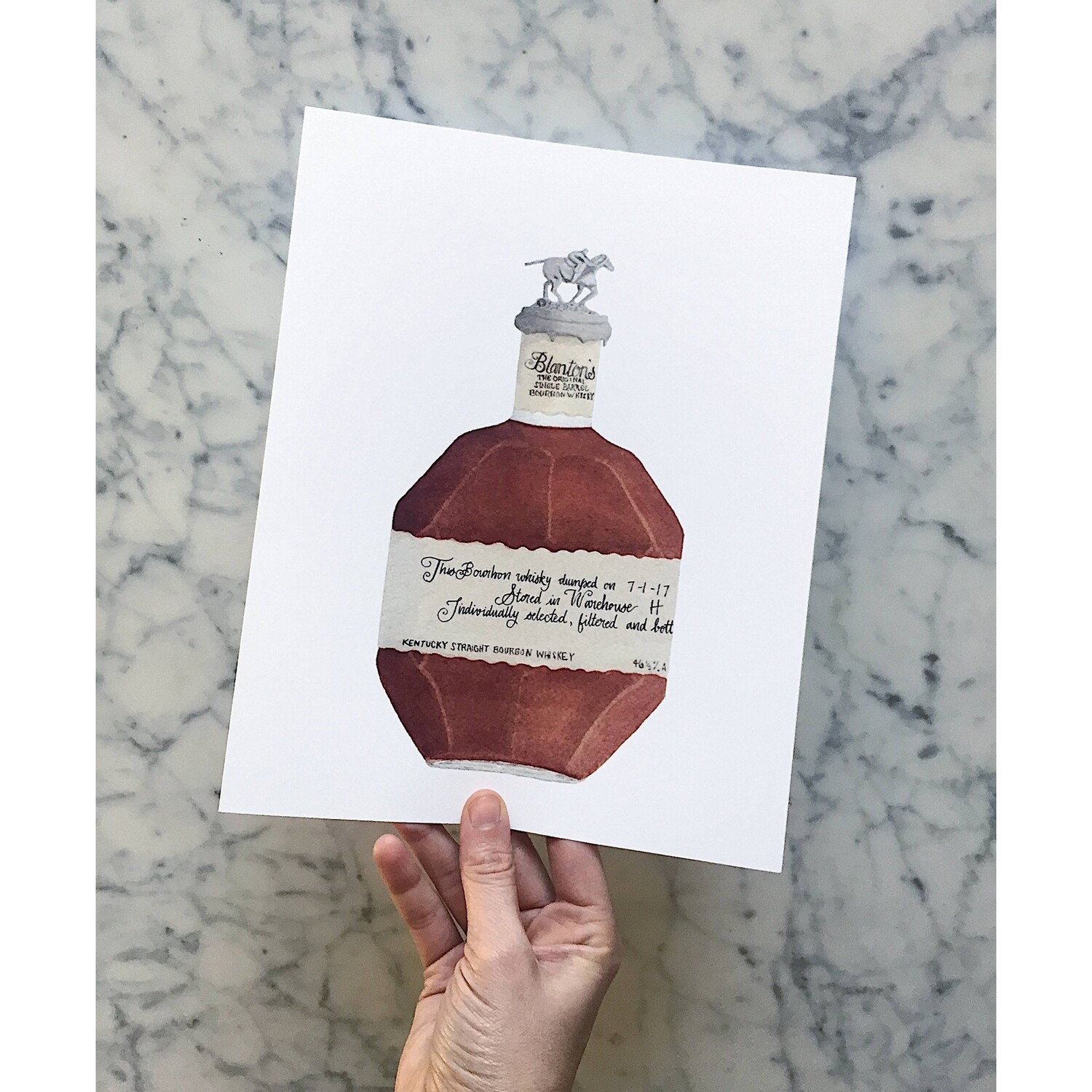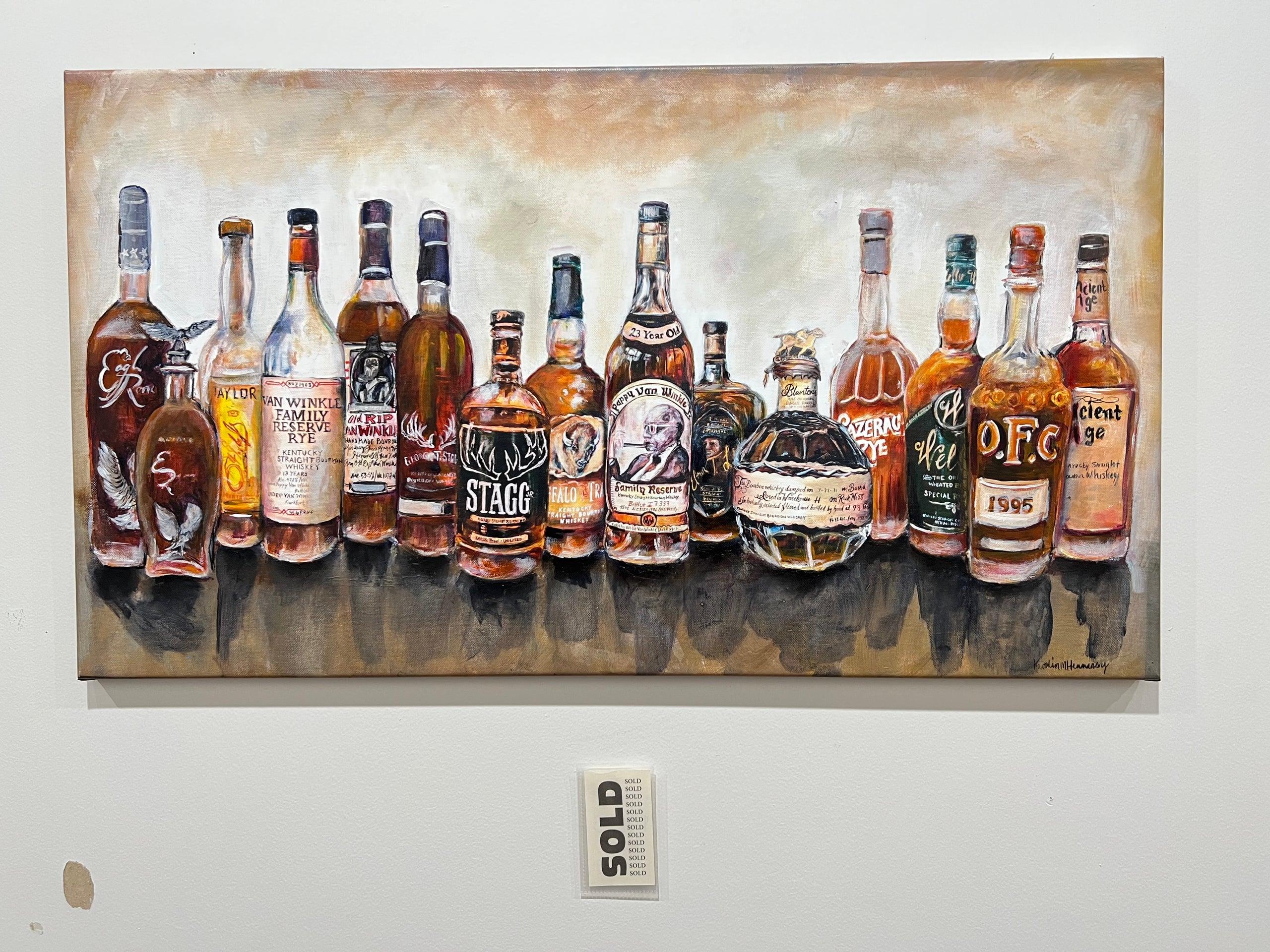The Value of Whiskey Art in Celebrating Heritage and Workmanship in the Beverage Sector
The intricate relationship between whiskey art and the party of heritage and workmanship within the drink sector can not be overemphasized. Via attentively created tags and bottles, whiskey brand names envelop their historic origins and the artisanal skills that define their manufacturing approaches. This imaginative measurement not only enhances market allure however likewise acts as an avenue for social storytelling, fostering a deeper link between the craft and the customer. As we check out the various facets of this subject, fascinating concerns regarding the impact of modern-day patterns on typical practices emerge, triggering further exam.
The Historic Roots of Whiskey
At the heart of scotch's allure exists an abundant tapestry of historical origins that trace back to old worlds. The beginnings of whiskey can be connected to the purification methods of the Sumerians and Babylonians around 2000 BCE, where very early forms of fermented grain drinks began to emerge. It was in the Middle Ages that the art of purification evolved substantially, particularly in Ireland and Scotland, leading to the development of bourbon as we know it today.
The term "bourbon" itself stems from the Gaelic word "uisce beatha," meaning "water of life." This expression highlights the social relevance of whiskey in Celtic societies, where it was commonly connected with routines, parties, and communal bonding. By the 15th century, distillation came to be an identified craft within monastic communities, leading the way for the facility of lawful distilleries.
As profession routes broadened, scotch's appeal expanded, going beyond local boundaries and capturing the interest of connoisseurs worldwide. Limited Edition. This historical trip reflects not only the craftsmanship behind scotch production however likewise its important duty in social and social contexts, marking it as a considerable beverage throughout history
Artistic Expression in Branding
Whiskey branding stands as a compelling intersection of artistry and commerce, where visual identity plays a critical duty in forming customer assumption. The aesthetics of whiskey tags, product packaging, and advertising and marketing products reflect not only the brand name's tale however likewise its core values and heritage. Through imaginative expression, distilleries share a story that resonates with customers, stimulating emotions and sparking links.
The usage of color, typography, and images in branding serves to set apart items in a saturated market. Conventional concepts may stimulate a sense of credibility and craftsmanship, while modern-day layouts can represent innovation and forward-thinking. This calculated artistic instructions enhances brand acknowledgment and loyalty, permitting consumers to forge a personal partnership with the whiskey they select.
Moreover, creative expression in branding often functions as a party of regional heritage. Distilleries often incorporate local icons or historical recommendations right into their designs, producing a local color that invites customers to partake in a broader social experience. Eventually, the virtuosity behind bourbon branding not only improves aesthetic allure but also enhances the total story of the brand name, cultivating a deeper gratitude for the workmanship and heritage ingrained in each container.
Craftsmanship in Bottle Layout
The artistry apparent in scotch branding expands past aesthetic identification to encompass the craftsmanship associated with bottle style. Each bottle acts as a vessel not simply for the spirit within, yet additionally for the tale it informs concerning its tradition, quality, and origin. The style process needs precise attention to detail, as elements such as product, closure, and shape add substantially to the general understanding of the whiskey.
Craftsmanship in bottle style involves selecting high-quality glass that can enhance the bourbon's shade and clearness, while also providing a responsive experience for the consumer. The shape of the container need to be both cosmetically attractive and functional, often mirroring the heritage of the brand name. Numerous distilleries go with distinct shapes or printed logos that stimulate a feeling of authenticity and background.
Furthermore, the label layout and typography play a vital function in communicating the brand name's narrative. Bourbon Art. A well-crafted container not only astounds the consumer's eye yet likewise enhances the brand's dedication to high quality and custom. This way, the craftsmanship of container design ends up being an important facet of the whiskey experience, merging virtuosity with a profound regard for heritage
Cultural Value of Whiskey Art
Commemorating tradition and craftsmanship, the social importance of bourbon art transcends plain looks, intertwining with the social and historical narratives of the regions where it originates. Each bottle offers as a canvas, depicting the unique tales, folklore, and traditions that have shaped regional whiskey-making techniques. The elaborate layouts frequently show the heritage of the distillers, incorporating icons and motifs that resonate with the society and worths of their communities.

In addition, whiskey art plays a crucial duty in public celebrations and parties, offering as a substantial web link between individuals and their read review shared experiences. By valuing the artistry in scotch product packaging, consumers grow a much deeper understanding and respect for the craft, ultimately enriching their satisfaction of the beverage itself.
Modern Trends in Scotch Discussion
Recently, the presentation of bourbon has evolved to reflect modern tastes and trends while still honoring traditional workmanship - Realism Art. Distilleries are significantly focusing on aesthetic aspects that improve the overall drinking experience, linking the gap in between heritage and modernity
Innovative container designs have arised, commonly including sustainable products and imaginative labels that tell engaging tales. Many brand names currently team up with neighborhood artists, infusing their items with one-of-a-kind visual expressions that reverberate with customers. Furthermore, limited-edition releases are often packaged in collectible containers, including value and charm for aficionados.

Verdict
To conclude, bourbon art serves as an important channel for sharing the heritage and craftsmanship intrinsic in the beverage market. Through intricate branding, innovative container styles, and culturally substantial artistic elements, scotch brands efficiently recognize their traditions and get in touch with customers. This more info here creative narrative not only boosts the gratitude of scotch but likewise strengthens area identity and pride amongst producers. Inevitably, bourbon art plays a vital duty in preserving and commemorating the abundant social tapestry of whiskey-making.


Workmanship in container style includes choosing top quality glass that can enhance the scotch's shade and quality, while also supplying a tactile experience for the customer. In this method, the craftsmanship of bottle style becomes an important aspect of the whiskey experience, merging virtuosity with a profound regard for heritage.
In verdict, whiskey art serves as an essential conduit for revealing the heritage and workmanship integral in the drink sector.